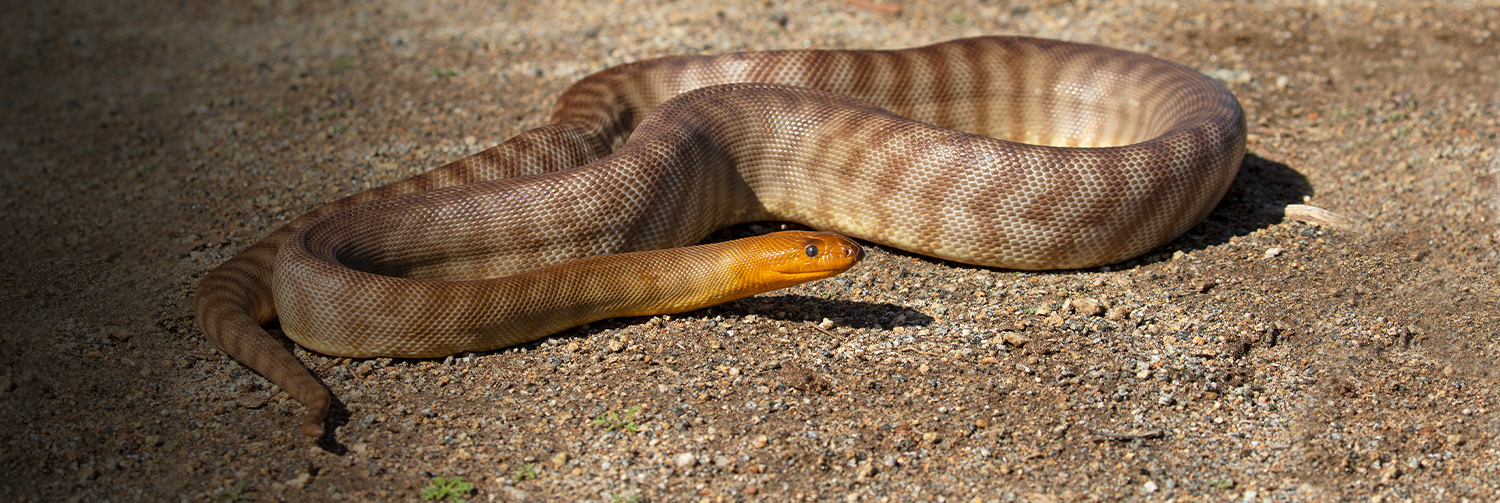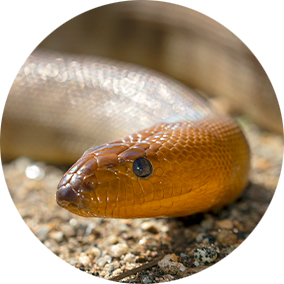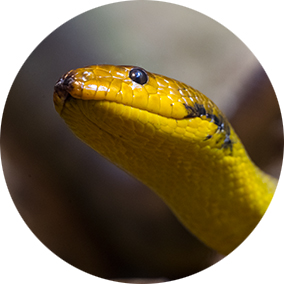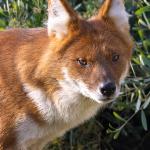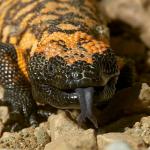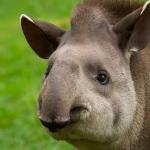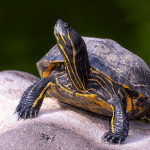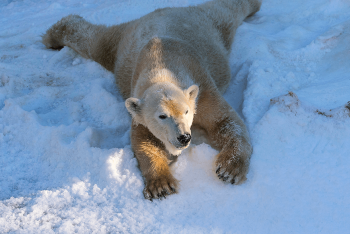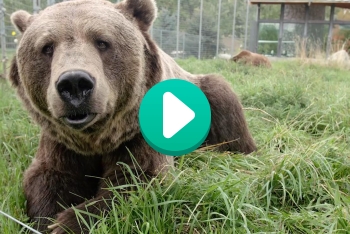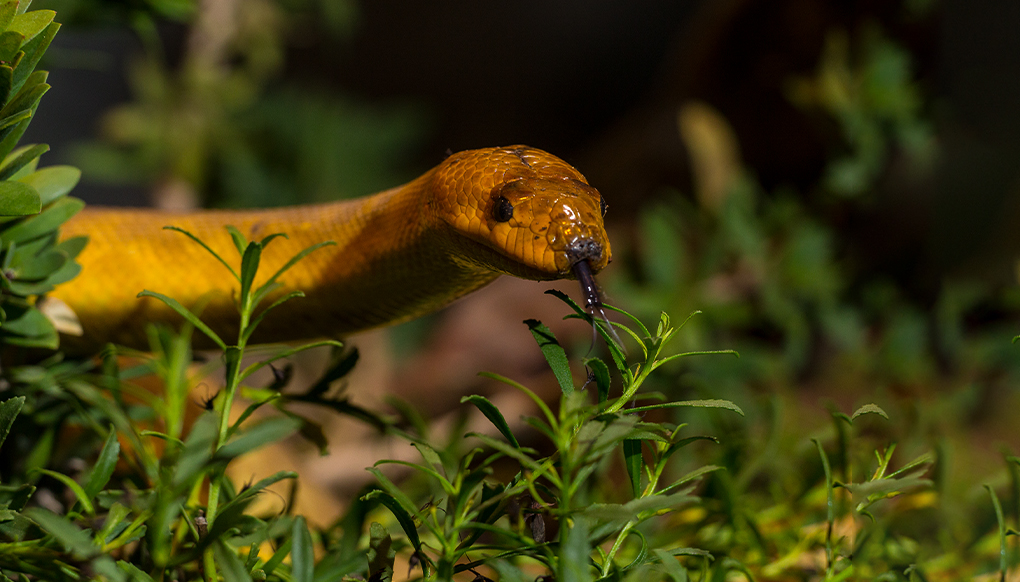
woma
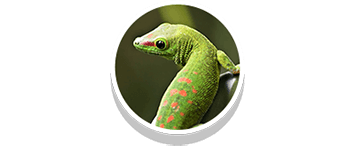
Reptiles


Some Endangered
facts
Womas eat mostly small reptiles‚ including other snakes. Sometimes, they eat birds, eggs, and small mammals.

description
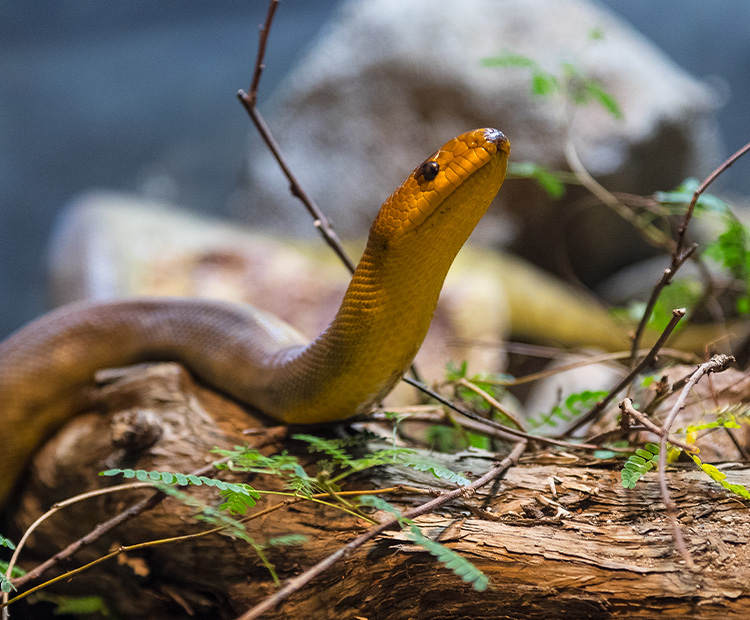
description
Ambush hunters
Womas are “sit and wait” predators. Instead of using energy to chase after prey, they wait for prey to come to them. Camouflaged and hidden, they hold perfectly still—except that sometimes, they wiggle their narrow, pointed tail. Some small animals looking for a meal
themselves approach the wiggling tail. Then, the woma strikes. Womas have fangs, but they don’t have venom. They wrap around their prey and squeeze, or they squish their prey against the walls of an underground burrow. They swallow prey in one piece.
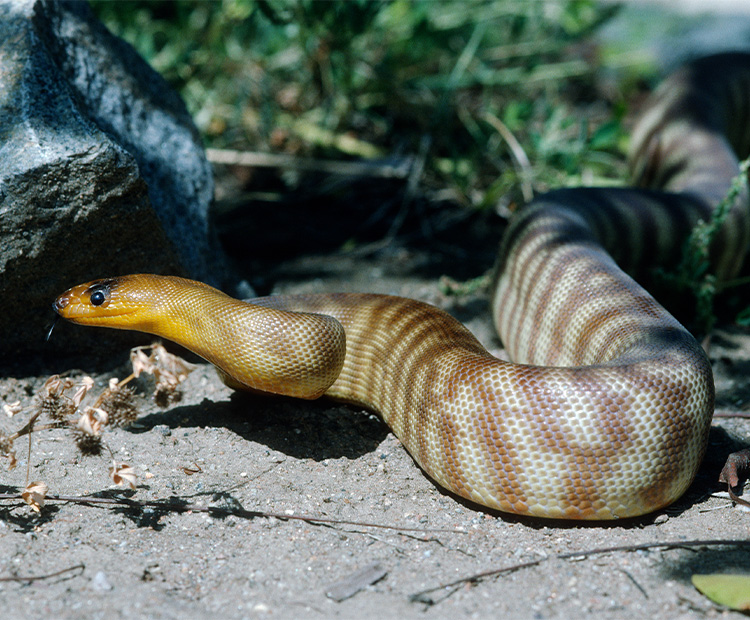
Threats
Woma populations are mostly stable, and overall, the species isn’t in danger of extinction. However, in some places, woma populations have declined—or disappeared. In these areas, womas are critically endangered. Clearing land for farms destroys woma homes, and non-native animals like foxes and cats prey on womas.
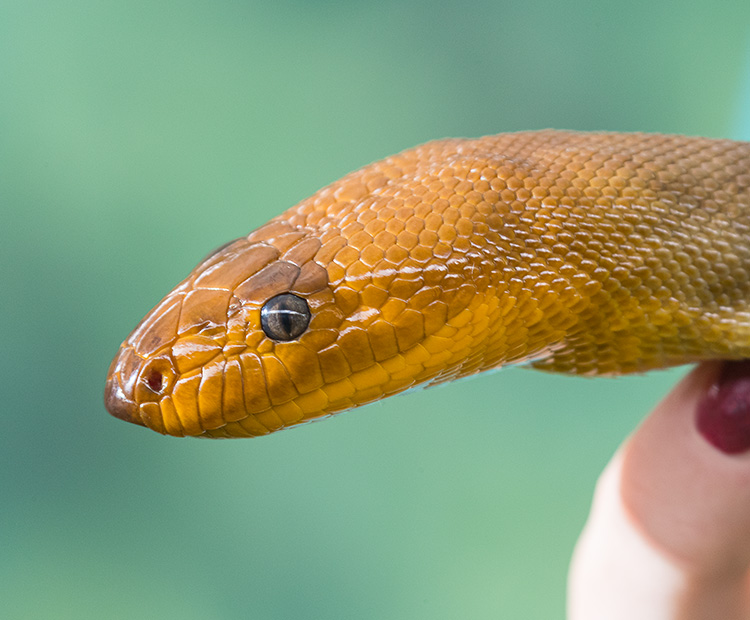
Python power
Womas are a type of python. The woma and its close relative the black-headed python are the only two kinds of pythons in Australia. All other pythons live in Africa or Asia. There’s another thing that makes Australian pythons different than the others. Other pythons have heat-sensing pits along their lips. Womas (and black-headed pythons) don’t.
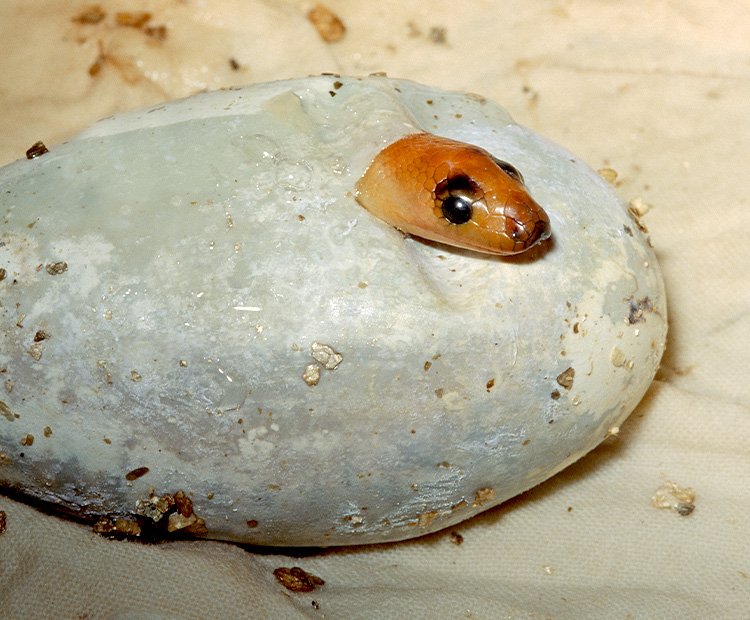
Hatchlings happen
A female woma lays 5 to 20 eggs in a burrow. She curls her long body around them to keep them safe. If the temperature drops, she can shiver to keep her eggs from getting too cold. Eggs hatch after about two months. Mom doesn’t watch over her hatchlings, though. The little snakes that crawl out are on their own.

